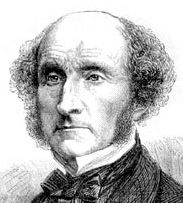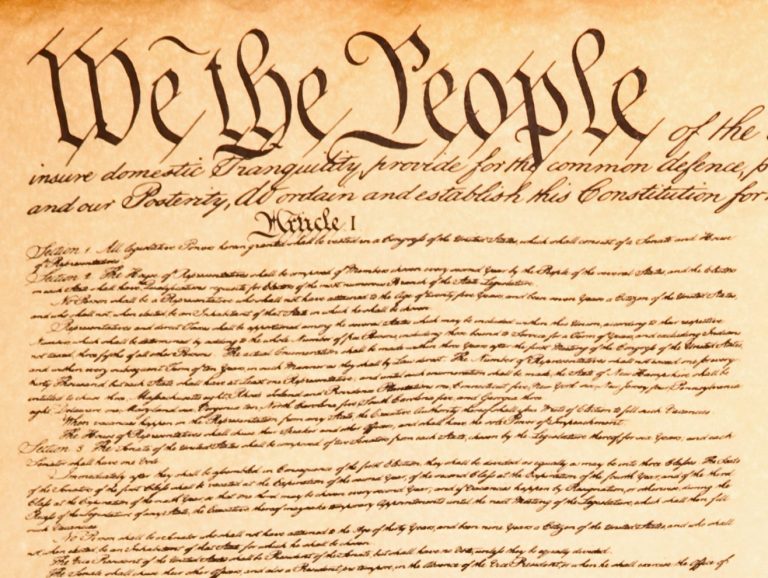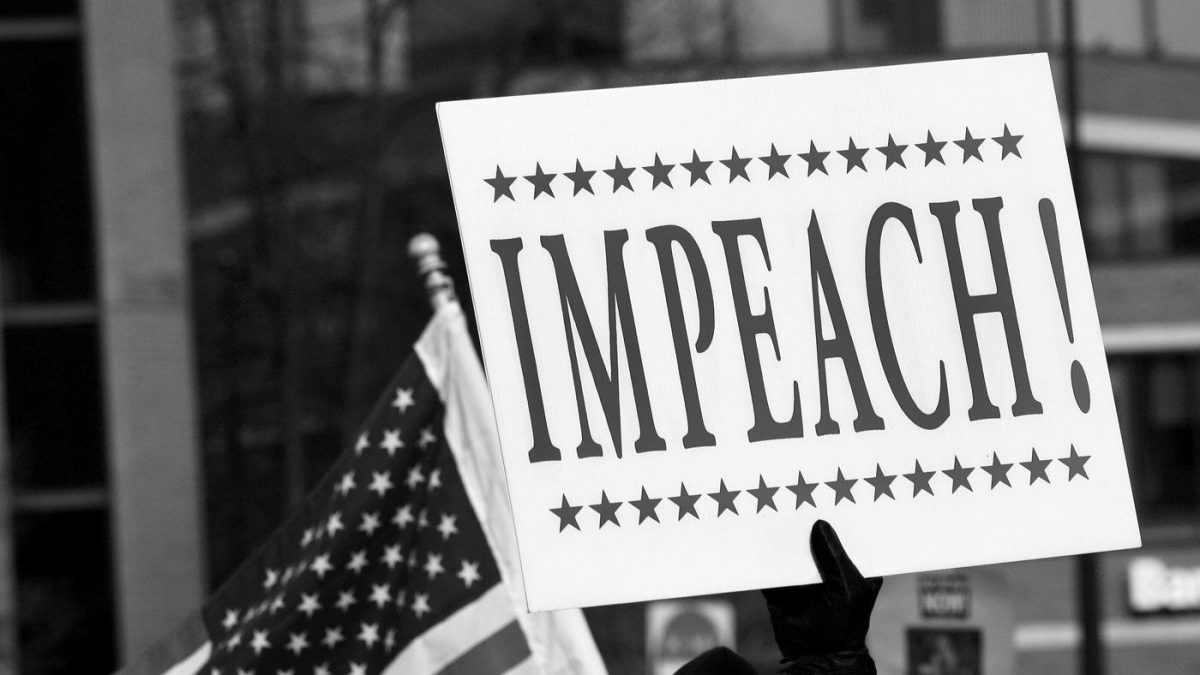Article 2, Section 4 of the Constitution provides: “The President, Vice President and all civil Officers of the United States, shall be removed from Office on Impeachment for, and Conviction of, Treason, Bribery, or other high Crimes and Misdemeanors.” This language is clear and unambiguous. It means that former Presidents, because they are not “[t]he President”, may not be convicted under the impeachment provisions. We have written about this previously. Late impeachment arguments fail.
Here, we look at the primary arguments against this position. We focus on the claims set forth in Brian Kalt’s 2001 article in the Texas Review of Law and Politics entitled “The Constitutional Case for the Impeachability of Former Federal Officials: An Analysis of the Law, History, and Practice of Late Impeachment.” Kalt made three principal arguments in support of the impeachment of ex-Officers of the United States.

Article 2 of the Constitution Intentionally Excludes Impeachment of a Former President: Late Impeachment is Impermissible
As a threshold matter, Kalt maintains that the plain language of Article 2, Section 4 does not resolve the issue. He notes that claims reliant upon the plain meaning of Article 2 are “a sort of expressio unius description of impeachment that mentions who can be impeached and for what, and that implicitly excludes any other subjects not listed.” (Expressio unius effectively means that the express mentioning of subjects within a list excludes all other subjects not mentioned.) This, of course, is an underpinning to the (and our) argument reliant upon the plain meaning of Article 2.
The problem with this, Kalt maintains, is that the Constitution goes cold regarding the timing of an impeachment and trial. An expressio unius reading of the Article 2 language, by definition, prohibits the trial of a former President because a former President is not included in the Article 2 expressio unius list. That conclusion is correct and goes to the very heart of the matter.
Madison’s Role
The difficulty for Kalt is that he is stuck with the Constitutional language. The language of Article 2 is specific. Within Kalt’s second argument supporting late impeachment (discussed below) he cites to the impeachment language of various colonies’ and states’ constitutions. We mention this point here because the constitutions of two of those states (Virginia and Vermont) specifically authorized late impeachments. And this fact is very important to an expressio unius argument to the extent that historical arguments are relied upon, as Kalt would like to do.
It is critical because the draftsmen of the Constitution were certainly aware of those constitutions. And they were also aware that, by contrast, the balance of those constitutions did not authorize late impeachments. This is more notable because James Madison was one of the principal draftsmen of the Virginia constitution. The Virginia constitution specifically allowed for late impeachment. Madison later became the lead draftsman for the U.S. Constitution that specifically did not include late impeachment.
These facts make it difficult to dismiss an expressio unius argument. Madison’s crafting of the Constitutional language was intentional. As a result, one cannot ignore that an expressio unius reading of the text prohibits late impeachments.
A Policy Argument Has No Place in the EXPRESSIO UNIUS Analysis
Yes, as Kalt claims an expressio unius reading of the Constitutional language may weaken the deterrent effects of impeachment. But that is a policy argument. Dismissing away the expressio unius argument based on the consequences of a plain language meaning is just a re-writing of the Constitution. And the Senate does not have that power. We discuss that a bit further below.
In all, that Madison had previously authored the Virginia constitution is significant and overlooked by other commentators. The fact that he as draftsman authorized impeachment of former officers in Virginia is important. It is powerful support for the view that the text of Article 2, which does not include late impeachments, must be read as intentionally expressio unius. These are the facts, like it or not. Late impeachment arguments fail under an expressio unius approach.
The Principal Arguments Supporting Late Impeachment
Now we turn to Kalt’s three arguments.
First Argument: Policy
First, he recognizes that “[t]extually, the Constitution does not address the appropriate timing of impeachments.” As a result, he makes a structural claim that “late impeachment provides a more coherent and sensible framework for the timing of impeachment. Barring late impeachment would weaken the deterrent effect of impeachment and would allow malfeasors [sic] and Presidents to nullify Congress’s impeachment powers in a way that is incompatible with the Constitution’s structure.”
This first argument is simply a policy claim. Kalt maintains that the textual language is flawed and impairs the deterrent effects of impeachment. His policy claim may be valid. But it cannot then be assumed that the Constitutional draftsmen were unaware of this. As noted, Madison certainly knew that the Constitutional language excluded late impeachments. Yet, even if the draftsmen were unaware, technical or structural “flaws” in the Constitution cannot and must not be “repaired” by the Senate. There is a precise mechanism within the Constitution for making changes.
Second Argument: pre-constitutional History
Second, Kalt makes an argument based on history. He relies on the history of impeachment in Great Britain. Kalt looks to the constitutions of various of the American colonies and states. He maintains that this history reveals that late impeachment was utilized before the Constitution was drafted. He also references in some detail comments made at the Constitutional Convention.
Kalt recited wonderful historical detail within these subjects. But pre-Constitutional history has no bearing on the meaning of the Constitutional language. The text speaks for itself. Kalt’s historical argument is an attempt to add another leg to the stool that there are policy flaws within the Constitutional text. He may succeed. But that has no bearing on the Constitutional language.
Third Argument: Impeachment History
Third, Kalt points to the history of impeachment cases as “subsequent precedential support for late impeachment, not least the fact that the Senate once ruled specifically that it had jurisdiction over a late impeachment trial.” But the Senate claiming that it has authority to conduct a late impeachment trial does not mean that it has such authority under the Constitution. The Supreme Court has never had the opportunity to weigh in.
The Senate claimed jurisdiction in the well-known Belknap case, where it tried a former executive branch member. But Belknap, as Kalt notes, is a controversial precedent. For one, it is not binding on a future Senate. In addition, the minority that voted against jurisdiction “did not feel bound by the majority, and Belknap’s acquittal was necessarily based on the fact that his was a late impeachment.” Further, given that Belknap was acquitted, there was no opportunity or reason for the Supreme Court to consider the constitutional question.
Kalt also cited as precedent late impeachment cases involving judges. But these references are not relevant. The judiciary is not covered within the Article II provisions which apply only to Officers of the executive branch. The impeachment of judges is covered within Article III of the Constitution.
In the end, the bulk of Kalt’s arguments are policy observations and claims. He makes well-reasoned arguments as to why the impeachment provisions in the Constitution should cover ex-Presidents (and other former Officers). Indeed, we concur with Kalt on several of those arguments. But the challenge for those arguments is the limiting language of the Constitution itself.
If There are Flaws in the Constitutional Structure, Corrections May Only be Made Via a Constitutional Amendment – Not By Senate Fiat
It is not for the Congress, or the courts, to fill-in the arguable “holes” in the Constitution. It should not be for them to “correct” perceived Constitutional infirmities. Courts, as an example, have far too often taken it upon themselves to undertake this type of exercise – unconstitutionally. Changes to the Constitution to fill in perceived gaps, both procedural and substantive, must be undertaken through the Constitutionally authorized amendment process. Only an amendment to the Constitution, particularly for something as consequential as removal of a President or barring a person from holding the office of the presidency, is the only Constitutionally satisfactory manner to address these deficiencies. Congress alone does not have the power to alter the impeachment mechanism.
The “Powers” Argument Favoring Late Impeachment
Other arguments have been made to support late impeachments. The primary argument rests on the view that because Article I grants the impeachment “power” to the Congress, only Congress may decide how to exercise that power. This is an “inherent” power claim, i.e., that the power of Congress to convict an ex-President “is implicit in Article I’s impeachment power” as one commentator has claimed.
Let us be clear as to Article I’s meaning. Indisputably, Article I grants certain powers to the Congress regarding impeachment. In relevant part it provides that “The House of Representatives . . . shall have the sole Power of Impeachment . . . The Senate shall have the sole Power to try all Impeachments.” Once convicted, Article I specifies that a judgment of conviction “shall not extend further than to removal from Office, and disqualification to hold and enjoy any Office . . . under the United States.”
But the “powers” granted by Article I are twofold. First, they are jurisdictional. Congress, and Congress alone, has the power to impeach and convict. It is not a power vested in the judicial branch of government. Second, the powers granted include choice of the applicable remedies upon conviction.
Let us also be clear what Article I is not. It does not specify, in any manner, the persons subject to Congressional jurisdiction. That is where Article II comes into play. The provisions of Article II alone addressing the executive branch specify who is subject to that Congressional jurisdiction. As we argued previously, Article II is specific, clear, and unambiguous. Only “the President, Vice President, and all civil Officers of the United States” are subject to the impeachment jurisdiction of the Congress.
A jurisdictional claim has been made regarding Article II. The simple claim is that Article II itself is a jurisdictional provision. But on the plain meaning of the language in both Article I and Article II, this is incorrect. It is odd to base a Congressional jurisdiction argument on the provisions of Article II, which deal with the executive branch of government. Article II jurisdictional claims are easily dismissed.
In all, an argument based on the “power” provisions of Article I is spurious.
Conclusion
The Constitution does not permit late impeachments. The language in Article 2 of the Constitution is clear and unambiguous. Madison, as principal draftsman, knew what he was doing. He had co-authored the Virginia constitution which specifically allowed for late impeachments. We are stuck with the language of the Constitution as it is.
There may be holes in the Constitutional impeachment structure. That can be fairly debated. But that is the point after all. The matter should be debated, resolved by the Congress, and then put to the American people under the Constitutionally mandated amendment provisions. It is not for the Senate alone to resolve this issue as its current majority sees fit. Constitutional fidelity does not permit it.



